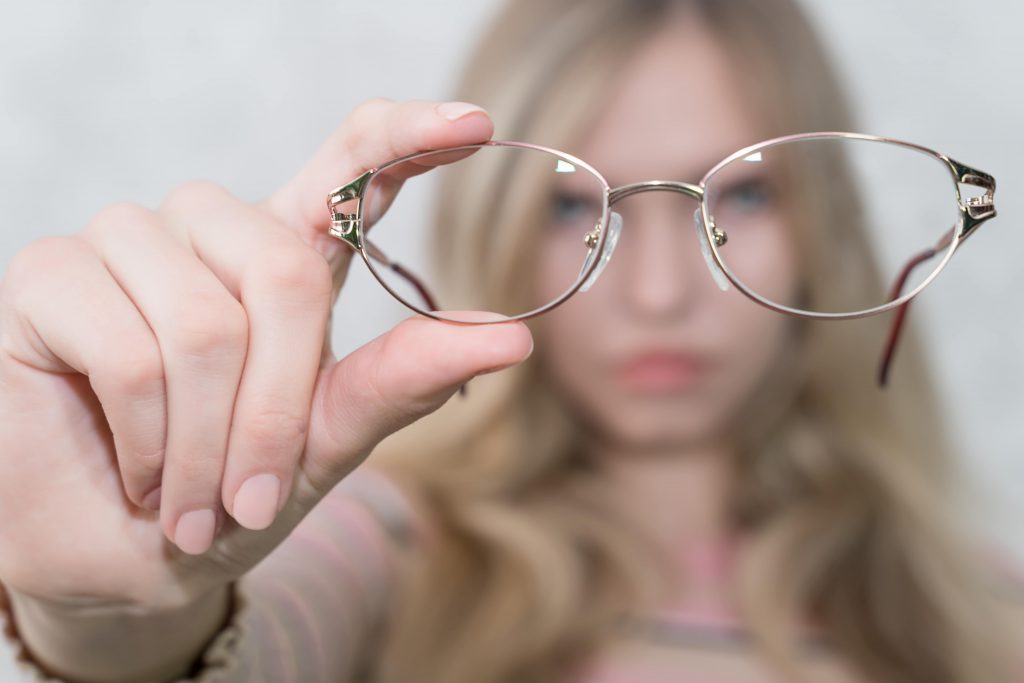Myopia and Hyperopia

Myopia and hyperopia are two common refractive errors that can cause poor vision. These issues arise when the lens of your eye fails to properly refract (focus) light onto the retina, the light-sensing layer inside your eye that provides clear vision. In a healthy eye, the cornea and lens work together in order to refract light onto the retina by bending parallel passes of light rays into one focal point in front of the retina (as shown below).
Refractive errors, also known as refractive errors, are lenses that do not refract light properly. This can occur due to genetic predisposition or environmental conditions. No matter the cause, these issues can be corrected with prescription glasses or contact lenses.
What is Myopia?
Myopia, commonly referred to as short sightedness, is the most prevalent refractive error. This condition impairs your vision of distant objects such as chalkboards and street signs.
Genetics may play a role, but it’s also often caused by environmental factors like overexposure to bright light or not spending enough time outside. Left untreated, this condition can lead to headaches and blurred vision – so it’s essential that you have your eyes tested by an eye doctor as soon as possible.
What is Hyperopia?
Hyperopia, also known as farsightedness, is the opposite of myopia. This condition causes near objects to appear behind your retina instead of in front, making it difficult to discern objects that are far away. This condition may be due to a short eye or cornea or crystalline lens that fails to refract light properly.
Children are most commonly affected by this issue and it can be inherited either in a dominant (one gene passed on from one parent), recessive (two genes from each parent who may or may not have a refractive error) or multifactorial manner (when genetic and environmental elements combine to cause an eye disorder).
What is Hypermetropia?
Hypermetropia, also known as farsightedness, is the least common refractive error. It’s caused by having a long eye or cornea or crystalline lens with insufficient refracting power and can be diagnosed in young patients; fortunately, this vision problem is treatable with eyeglasses, contacts or refractive surgery.
What is Myopia and Hypermetropia?
Nearsightedness, commonly referred to as myopia, is the most prevalent vision problem. This condition impairs our ability to focus on objects close up such as computer screens or books.
Genetics or environmental factors like overexposure to bright light or lack of outdoor activity are usually responsible. Left uncorrected, this problem can lead to headaches and blurred vision due to difficulty reading text on computer screens.



